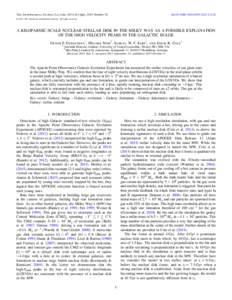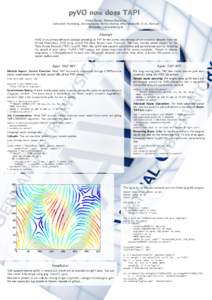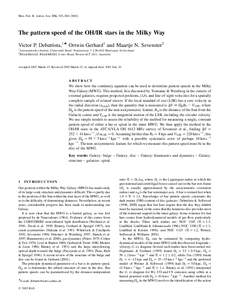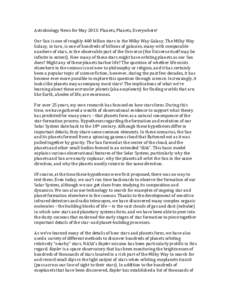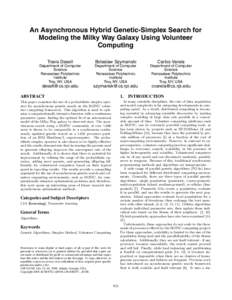<--- Back to Details
| First Page | Document Content | |
|---|---|---|
 Date: 2011-05-16 03:37:41Local Group Galactic astronomy Large-scale structure of the cosmos Spiral galaxies Galaxies Dark matter Milky Way Sagittarius Dwarf Elliptical Galaxy Galaxy rotation curve Astronomy Physics Extragalactic astronomy |
Add to Reading List |
 dark matter in spiral galaxies mass, size and shape of the halo rotation curves • extended (core/cusp: Nancy)
dark matter in spiral galaxies mass, size and shape of the halo rotation curves • extended (core/cusp: Nancy)